Sizes of sea and rail containers
Dry Container
Standard container is the most widespread and frequently used type of containers. It is used for transportation of goods that are suitable for loading into a container and do not need special transportation conditions.
Standard container is a rectangular box of standard dimensions of channeled plate with doors on the one of the sides. As a rule inside of it is a wooden floor.
Used notations:
Standard 20-foot container: 20 Dry Freight Container, 20 foot, 20 DV, 20 DC;
A high 20-foot container: 20 Dry High Cube Container, 20 High Cube, 20 HC, 20HQ;
Standard 40-foot container: 40 Dry Freight Container, 40 foot, 40 DV, 40 DC;
A high 40-foot container: 40 Dry High Cube Container, 40 High Cube, 40 HC, 40HQ;
Container of increased capacity 45-foot: 45 Dry High Cube Container, 45 High Cube, 45 HC, 45HQ.
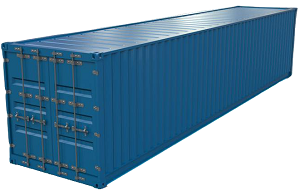
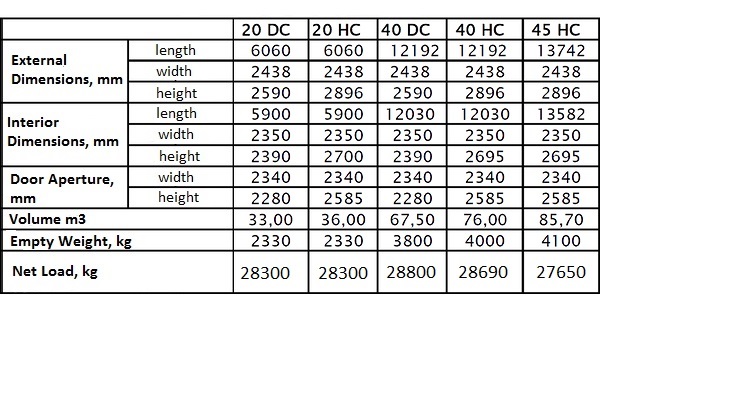
Refrigerated Container
The refrigerated container is used for transportation of goods requiring special temperature conditions. Basically, these are deep freeze products (fish, meat), fruits, some chemicals and so on.
The refrigerated container is a container with a thermally insulated carcass, equipped with a refrigeration unit. In the container it is possible to maintain a temperature in the range from +25 to -25 C. The refrigeration unit works only with the help of external power supply, which is available on cargo ships and in ports. If transport by road, it is necessary to use additional equipment, for example diesel generator. Without power supply, the container can be used as thermally insulated, the drop of temperature is much more slower than in the standard container due to thermal insulation.
Used notations:
Refcontainer 40-foot high (the most common size): 40 High Cube Ref Container, 40 HCRef, 40 RC, 40 Ref, 40 RE;
Refcontainer 40-foot (rare used): 40 foot Ref Container, 40 Ref, 40 RE;
Refcontainer 20-foot (in Russia is not widely spread): 20 foot Ref Container, 20 Ref, 20 RC, 20 RE.
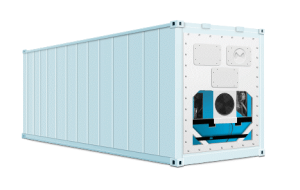
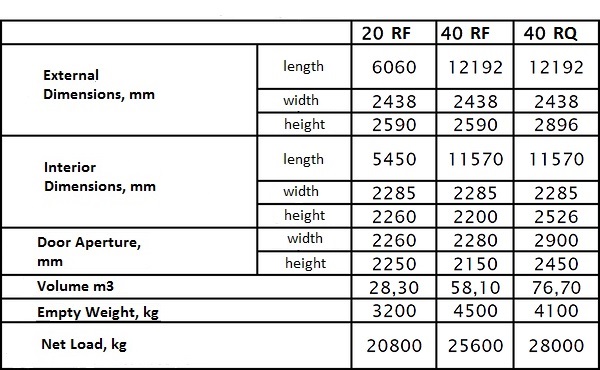
Open Top or Hard Top Container
The container with an open top is used for transportation of cargoes, which can be loaded into the container only vertically (through the roof) because of their dimensions or other features, or for oversized cargoes.
The Open Top container is a container with a removable roof. The roof can be made in the form of a tent made of tarpaulins or other flexible material. Also there is a version with a rigid removable roof (Hard Top is less common).
Used notations:
20-foot open-top container: 20 Open Top Container, 20 OT (soft roof) 20 Hard Top Container, 20 HT (hard roof);
40-foot open-top container: 40 Open Top Container, 40 OT (soft roof), 40 Hard Top Container, 40 HT (hard roof).

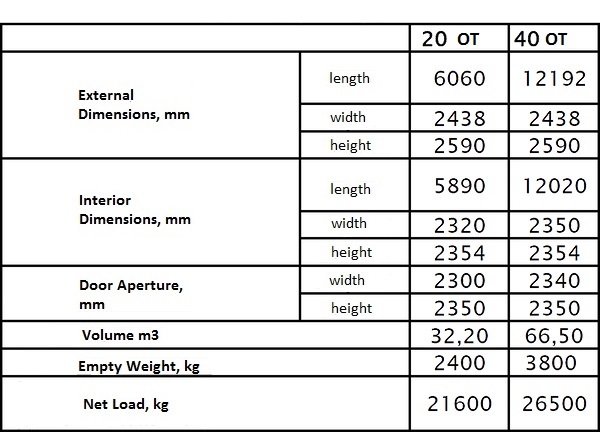
Flat Rack
The flat rack is used for transportation of oversized and / or heavy cargoes.
Flat Rack is a platform, it means that it is a standard container without a roof and side walls. The end walls can be folded back to provide ease of loading. The platform is equipped with devices for strengthening the cargo and load handling.
Used notations:
20 feet Flat Rack: 20 Flatrack Container, 20 FR, 20 FC, 20 FB, 20 PL;
40 feet Flat Rack: 40 Flatrack Container, 40 FR, 40 FC, 40 FB, 40 PL.

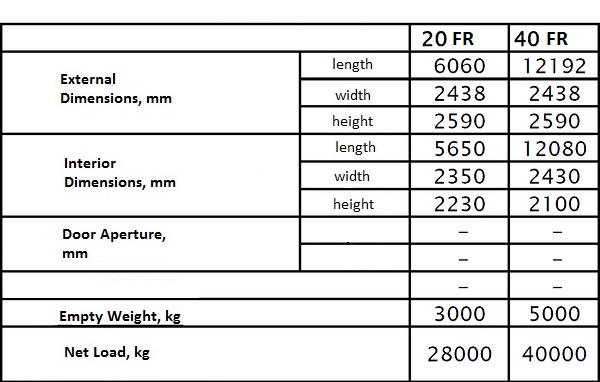
Tank Container
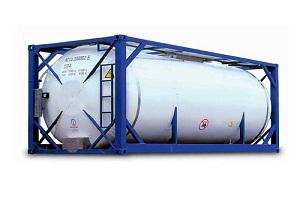
Used notations:
20-foot tank container: 20 foot Tank Container, 20 TC, 20 Tank, 20 TK
The dimensions of tank containers, cargo capacity and carrying capacity can be different.
Tank container (isotainer) is designed for the carriage of liquid bulk cargo of different types: chemical, food, gas liquids, oil-products and so on.
Tank container is a cistern, fixed in a metal frame of standard dimensions, which allows you to work with the tank as a universal 20-foot unit for transportation in various modes of transport and storage. The dimensions, volume, bulk and material of the tank can vary significantly depending on the purpose of the tank container. Tank containers are made of materials that are neutral for cargoes. They are equipped with devices for loading out both by gravity feed and by pressure, and also equipped with heat insulation and a heating system for unloading when temperature is low, tank containers can be divided into sections or have double walls for filling with insulating materials.
Thermally insulated containers (insulated or hermetically sealed container)
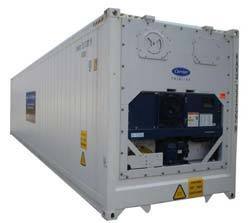
The thermally insulated container is an isothermal container, which is not equipped with refrigeration and / or heating system. Instead of this type of container you can use a refrigerated container without connecting the refrigeration unit.
The dimensions of containers, cargo capacity and carrying capacity can be different.
Bulk Container
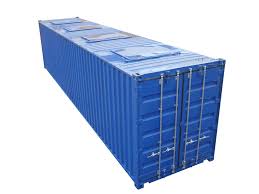
Bulk container is used for transportation of bulk goods without the use of additional containers. Bulk container is a metal container of standard dimensions with provided constructional holes for loading and loading out bulk cargoes.
The dimensions of containers, cargo capacity and carrying capacity may be different.
Ventilated Container
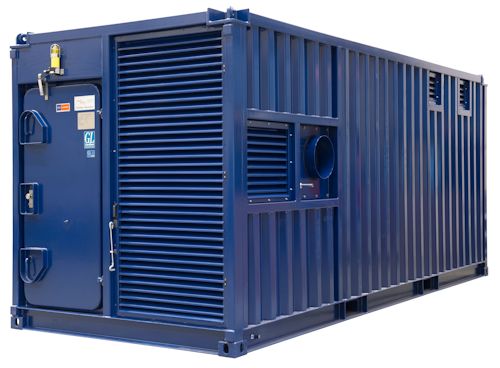
A ventilated container is used for transportation of cargoes which require access of air from the outside environment.
It is a standard container with additional holes for free ventilation.
Used notations:
20 feet ventilated container: 20 Ventilated Container, 20 VC, 20 VT
The dimensions of containers, cargo capacity and carrying capacity can be different.